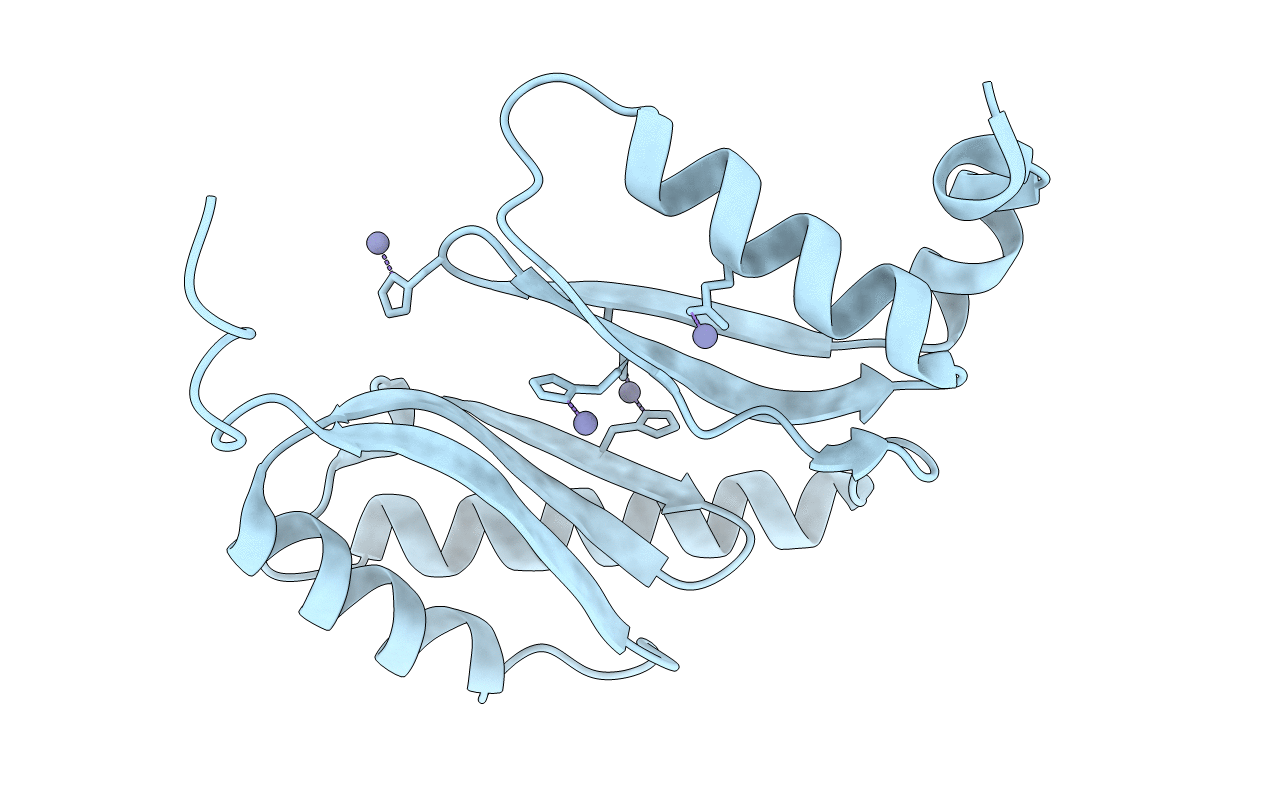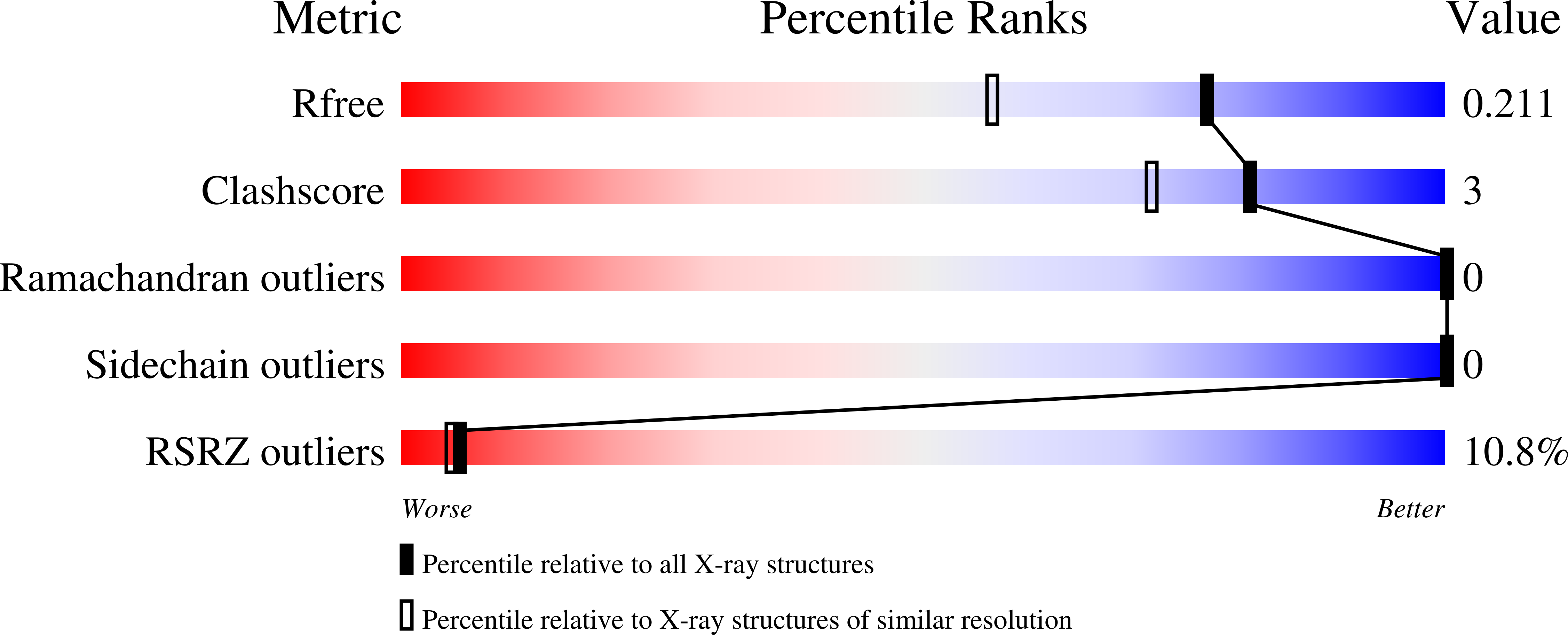
Deposition Date
2019-12-02
Release Date
2021-06-02
Last Version Date
2024-11-06
Entry Detail
PDB ID:
6V4V
Keywords:
Title:
The crystal structure of BonA from Acinetobacter baumannii
Biological Source:
Source Organism:
Acinetobacter baumannii (Taxon ID: 470)
Host Organism:
Method Details:
Experimental Method:
Resolution:
1.65 Å
R-Value Free:
0.21
R-Value Work:
0.18
R-Value Observed:
0.18
Space Group:
P 31 2 1


